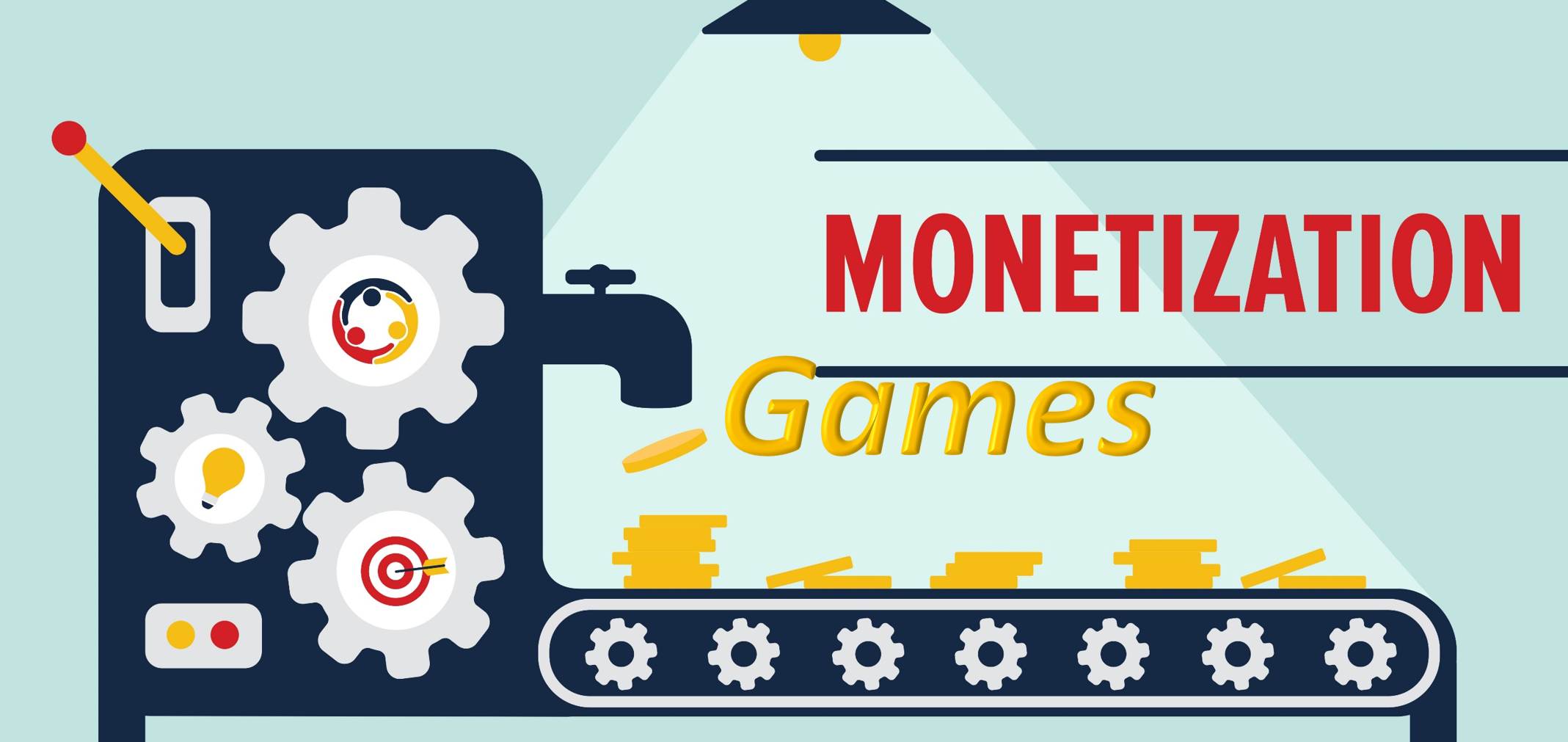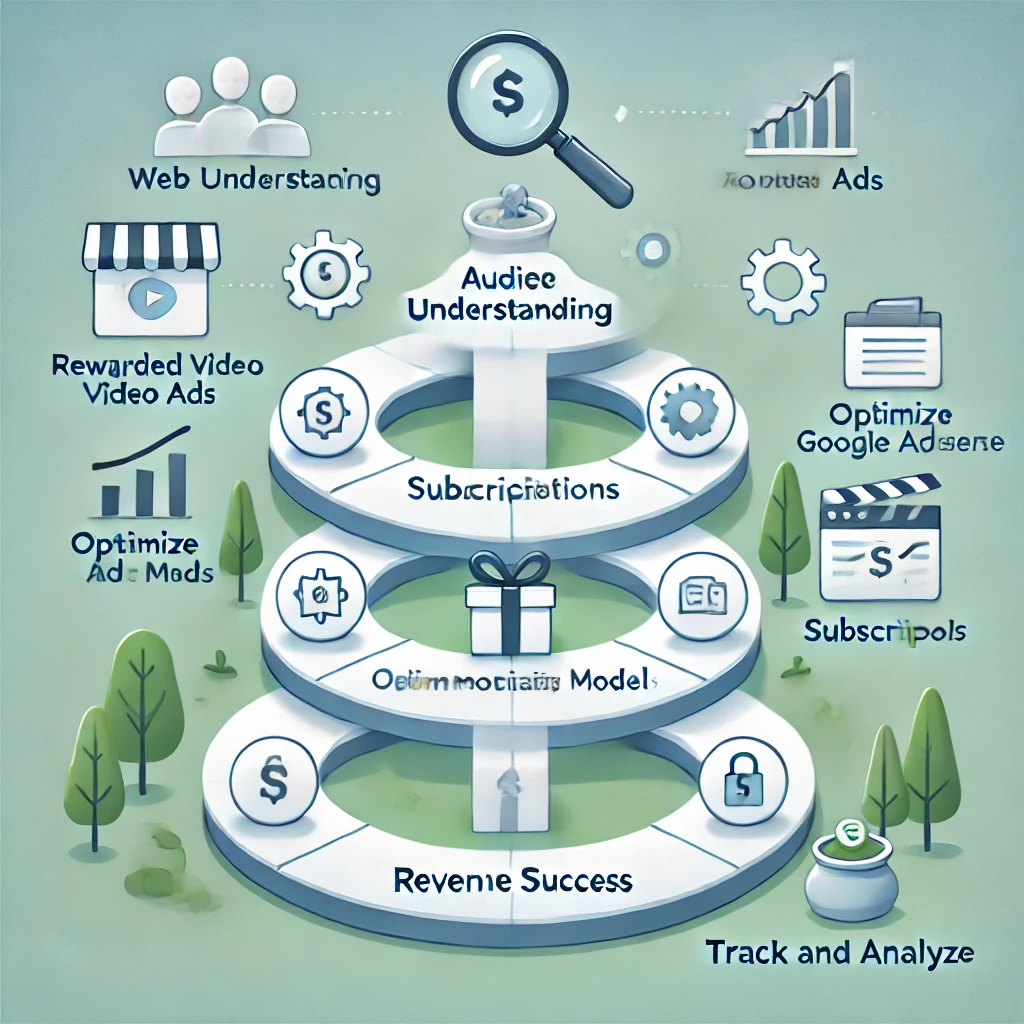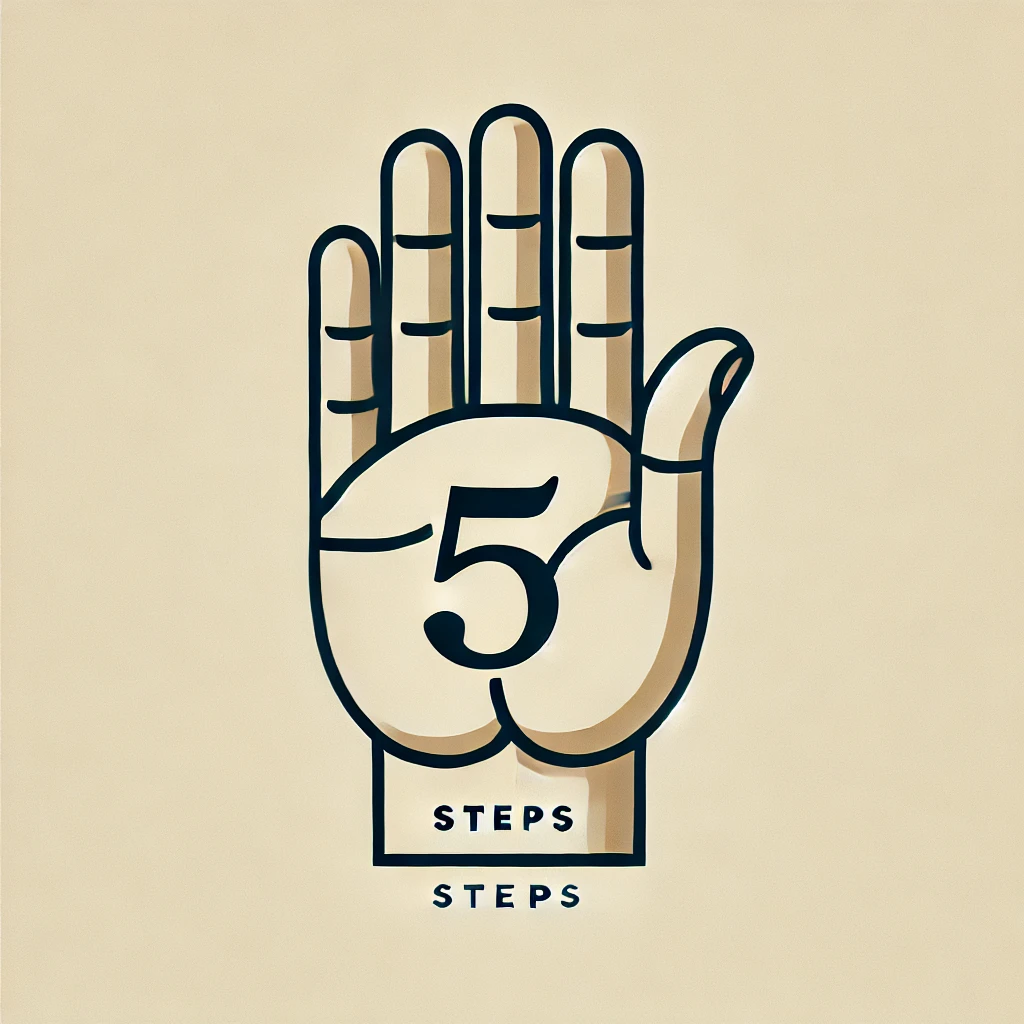Maximizing Revenue While Keeping Players Happy
If you have a game app and want to make significant revenue from it, understanding effective monetization strategies is key. While many users are still reluctant to spend on apps directly, there are several monetization options that align with what players want—especially when it comes to free apps. By integrating the right monetization tools, you can balance revenue generation with player satisfaction, which ultimately sustains your game’s popularity and profitability.
Here are some of the best ways to monetize your game in 2024.
1. Rewarded Video Ads: Engaging Players and Generating Revenue
Rewarded video ads have proven to be one of the most effective and user-friendly monetization methods. These ads offer players rewards, like in-game currency or exclusive items, in exchange for watching a short video. Integrating rewarded ads at specific points—like before the game starts or between levels—can generate revenue while enhancing the player experience.
Continuing on Maximizing Revenue While Keeping Players Happy post, Why are rewarded video ads so successful? The answer lies in user preference. Players enjoy receiving rewards that enhance their gameplay experience, and most don’t mind watching a quick ad if it means gaining an advantage. By offering something valuable in exchange for a brief video, you boost engagement, loyalty, and monetization simultaneously. Platforms like AppLixir specialize in offering rewarded ads that are optimized to fit seamlessly within the game, maximizing both revenue and user retention.
Best Practices for Rewarded Video Ads:
- Place ads strategically at natural pauses (e.g., between levels).
- Offer rewards that players genuinely value, like extra lives, coins, or skins.
- Avoid overwhelming users with too many ads, as it can lead to fatigue.
2. Banner Ads: Simple, Effective, and Familiar
Though an older form of advertising, banner ads still hold value as a low-impact monetization option. These ads appear as small banners, often at the top or bottom of the screen, generating revenue based on impressions. Although CPM for banner ads may be lower than other formats, they are easy to implement and do not disrupt gameplay, making them a good supplemental revenue stream.
However, banner ads can become intrusive if not placed thoughtfully. Avoid placing banners in areas that may interfere with gameplay or distract users, as it could negatively impact user experience and, ultimately, retention.
Tips for Effective Banner Ad Placement:
- Position banner ads where they’re visible but non-intrusive, such as at the screen’s top or bottom.
- Monitor performance to ensure that banners don’t harm user engagement metrics.
- Combine banner ads with other ad types, like interstitials or rewarded videos, for a balanced approach.
3. In-App Purchases: Selling Additional Content and Customization
Continuing on Maximizing Revenue While Keeping Players Happy post, Selling in-app content, such as new skins, levels, or items, can be a highly profitable strategy, especially for games with loyal, long-term players. Many players are willing to spend on features that personalize or enhance their gaming experience. However, it’s essential to ensure that in-app purchases do not disrupt game balance, especially in multiplayer games. Offering only cosmetic or non-competitive items helps prevent alienating players who may view the game as “pay-to-win.”
Best In-App Purchase Practices:
- Price items reasonably to encourage more purchases.
- Offer non-essential but desirable items, like customization options, to avoid competitive imbalance.
- Consider implementing seasonal or time-limited offers to drive purchases during key periods.
4. Selling Data: A Cautionary Monetization Option
Continuing on Maximizing Revenue While Keeping Players Happy post, For developers looking to monetize indirectly, selling user data to third-party advertisers can provide an additional revenue stream. However, privacy concerns make this a sensitive area. If you choose to sell data, ensure you comply with privacy regulations, including GDPR and CCPA, and transparently communicate your practices to users.
Important Considerations for Data Monetization:
- Clearly disclose data collection and usage policies to maintain user trust.
- Implement security measures to protect user data.
- Consider anonymous data aggregation to respect user privacy.
5. Paid Apps: A One-Time Purchase Model
While most players prefer free apps, some developers may want to offer a paid app option. Charging upfront can work well if your game has unique features, high-quality graphics, or a loyal fan base willing to pay for premium content. However, this model typically limits revenue to a one-time payment, as users are unlikely to spend again after the initial purchase. Balancing a paid model with other monetization strategies, like in-app purchases, can help maximize revenue.
Strategies for Paid App Success:
- Ensure the paid version offers something extra that makes it worth the price.
- Provide continuous updates or expansions to keep players engaged.
- Offer occasional discounts or bundles to encourage more downloads.
6. Freemium Model: Combining Free Access with In-App Monetization
The freemium model combines free access with optional paid features. By making the base game free and charging for additional items or premium experiences, you can attract a broad player base while generating revenue from those who value the extra content. Games using the freemium model often see high retention and steady monetization, especially if the paid content is compelling enough for users to opt-in.
Freemium Monetization Tips:
- Offer valuable paid features that enhance gameplay without limiting free access.
- Use time-limited offers to drive purchases among engaged players.
- Be transparent about what’s available for free and what requires payment.
Selecting the Right Monetization Strategy
Continuing on Maximizing Revenue While Keeping Players Happy post, Choosing the right monetization strategy depends on your game’s genre, target audience, and user engagement levels. Here are a few questions to help guide your decision:
- What are your players’ preferences? For example, players of casual games often prefer non-intrusive ads, while RPG players may be more inclined to purchase in-game items.
- Does your game allow for frequent ad placements? Games with natural pauses can integrate rewarded videos more seamlessly.
- Are you concerned about retaining players in competitive environments? Avoid pay-to-win features in games where balanced gameplay is essential for user satisfaction.
By answering these questions, you can prioritize monetization methods that align with your goals and audience needs.
Conclusion: Keep Monetization Simple and Player-Focused
Continuing on Maximizing Revenue While Keeping Players Happy post, Today’s players appreciate a balanced approach to monetization. By combining user-friendly strategies like rewarded video ads, in-app purchases, and banner ads, you can optimize revenue without compromising user experience. Remember, the easier and less intrusive the monetization feels, the more likely players are to engage. As game monetization evolves, keeping your methods transparent, fair, and player-focused will ensure long-term success for your app.



